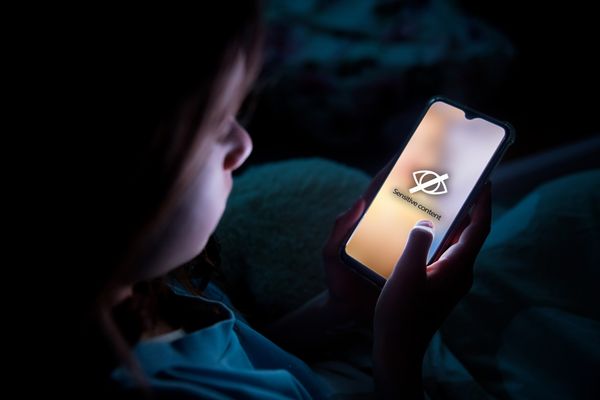
Why do they do it? Walking around the Royal Academy’s summer show – “the world’s largest open submission exhibition”, an immense gathering of good, bad and (mostly) mediocre art by amateurs and professionals, the famous and forgettable – you have to wonder, what is that urge to put pencil to paper or, in the case of Ryan Gander, carefully construct a furry simulacrum of a slumbering cat?
There are paintings here of lemons and toilets, abstract canvases of lines, or nothing at all, a huge hanging blue textile, a jerking robot and, inevitably, a statue of a stripper by Allen Jones: he’s incorrigible, at 85. There seems to be more art than ever – 1,613 pieces to be precise – and unlike recent years, there’s no theme as such, except it’s all apparently inspired by writer EM Forster’s injunction to “only connect”. If the curators really can connect a painting of a Venetian palazzo by 94-year-old Joe Tilson with Michael Robey’s pornographic pastiche of a Greek vase and Carlos Zapata’s lifesized sculpture of a preserved corpse, Bog Man, hats off to them.
And maybe hats off to them for not trying too hard this year. This is a Summer Exhibition that’s relaxed to the point of somnolence, a show happy in its own skin as a random jumble sale of mostly anodyne art. You can look at a work, for once, without anyone telling you why it’s Both Important And Urgent.

And then, out of the ordinariness of it all, something grabs you, then something else. I was certainly drawn to Joe Lycett’s painting I Drink a Crisp, Cold Beer in a Pool in Los Angeles While Gary Lineker Looks on in Disgust. It’s an accomplished parody of David Hockney that nicely imitates the way the master catches light playing on water, and reduces his arcadian aesthetic to the ridiculous. Other works don’t appear to know how funny they are: the overly sentimental portrait, the “shocking” still life, the 50th moody sky of the day.
Yet the silliness is threaded through with brilliant works by terrific artists. In the middle of a wall of forgettable pictures of pots, dogs and fried eggs, a pristine cabinet by Edmund de Waal – with little white bowls and metallic mirror-like shards arranged with a sublime spatial music – raises the tone. In another dull room, three pots by Lindsey Mendick call you over with their luscious shine, luring you into totally obscene images of mice nibbling penises.

These ceramicists’ sculptures play on the cosiness of the summer show to estrange and radicalise, turning beauty to unease. A quiet hang turns out to allow real artistic surprises. Gillian Wearing shows one of the self-portraits she painted in lockdown, a brutally truthful, moving act of extremely old-fashioned artistic scrutiny. Yet she also exhibits a fantastically weird surrealist photograph called Imagined Mask of Joan Crawford as Bette Davis in Whatever Happened to Baby Jane a, chilling image of a woman whose face has become an alien, frozen thing. Which is the real Wearing: the humble portrait or movie monster?
Wearing originally created her Baby Jane image for a Guardian feature in which I challenged artists to experiment with AI. In the few months between it premiering in the paper and now being elevated to the walls of Burlington House, AI has gone from cool new thing to – some of its creators fear – potential Armageddon. Which makes me wonder all the more: why do artists bother? AI apps can almost certainly produce “better” art than some of the weaker works selected here. Even Joe Lycett’s painting could well have been designed by asking Stable Diffusion for “a painting of Joe Lycett and Gary Lineker in the style of a Hockney swimming pool”.
But the huge acreage of art in this show, of all qualities, is proof we humans don’t make art because we can. We do it because we need to. Does a machine have that urge, that need? Under the baleful eyes of Wearing’s monster from the AI age, here is a curiously moving assembly of human artists, with all their foibles. And as well as the good, the bad and the ugly, it can boast something truly great.
Paula Rego died, as humans do, a year ago and she is honoured by a veritable altarpiece. Her work Oratorio is a heavy old wooden cabinet opened up to reveal violent, sexually charged, unresolved scenes painted on its interior and doors, while a gang of grotesque dolls within stare you down. It’s Rego’s answer to a medieval polyptych, and to installation art: a 3D horror show with paintings that burst out of their flatness to pull your hair and throttle you. The antique cupboard and grisly dolls bring her darkness into our darkness, her Goya nightmares into physical reality. It is a dirty treasure, an unnerving modern masterpiece.
The Royal Academy Summer Exhibition is at the Royal Academy, London, from 13 June to 20 August.







